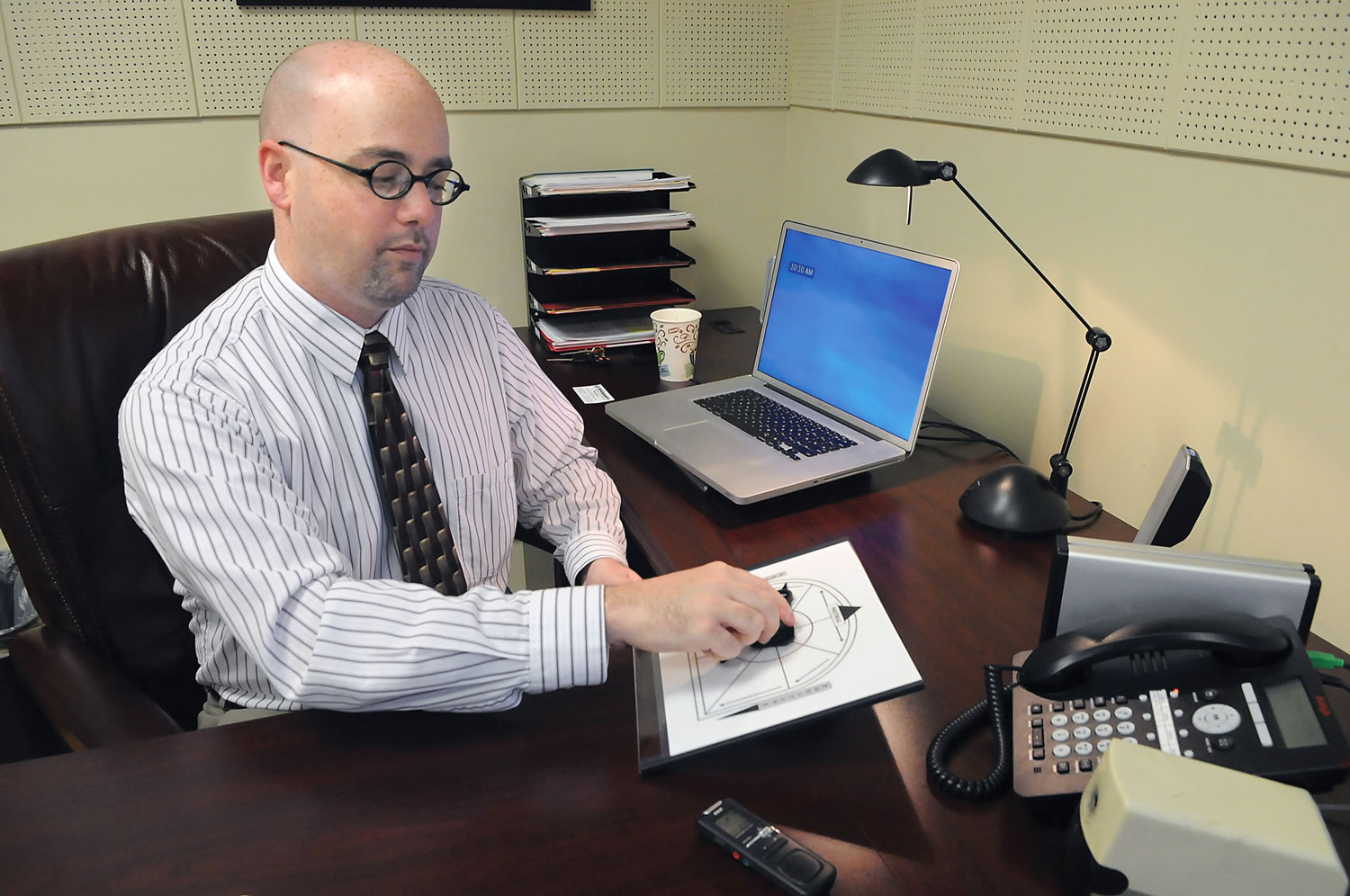CORVALLIS, Ore. — It was 2008, and Jason Silveira was watching a wind ensemble perform a concert at Florida State University when the first clarinetist caught his eye.
The clarinetist, recalled Silveira, “was moving all over while he was playing. And I found myself concentrating on that one person rather than listening to the whole ensemble. And I thought, ‘Gee, I wonder if I’m listening to just that one person because his moving is affecting how I’m hearing the music, how I’m internalizing the music, how I’m feeling about the music.’ “
Silveira, now an assistant professor of music education at Oregon State University, found the antics of the clarinetist distracting. But they triggered an ongoing interest that’s taken Silveira to the intersection of art and technology, asking questions such as “How we perceive music as listeners. How we think about music, emotionally. How we respond to music.”
Working with colleagues in the OSU’s School of Electrical Engineering and Computer Science, Silveira continues to explore how listeners react to music — and not just on a conscious level.
When we become emotionally, cognitively or physically engaged with anything — not just music — we go through involuntary physical changes: Pores open. Skin conductance increases.
Those involuntary changes can be measured: Silveira has connected listeners to devices that look like large wristbands to measure those physical reactions to music. (He also has at his disposal devices that allow listeners to twist a dial depending on whether they like what they’re hearing at any given time. The devices work like a dimmer switch on a light fixture; twist the knob to the right if you like what you’re hearing, twist it to the left if you don’t like it so much.)
The implications of the research for musicians and music teachers — the possible insights it could offer into how brains and bodies perceive music — potentially are huge. And, Silveira said, the technology finally is reaching a point where the tools “are starting to catch up with the research questions.”
So, for example, Silveira has explored listeners’ reactions to musical flubs — mistakes so obvious that any listener can pick them out. (He had audio engineers insert mistakes into a performance by the cellist Yo-Yo Ma to create the flub-filled track.)
He’s also used video technology to follow up on the questions raised initially by that clarinet player: He created three video clips of a trombone quartet in performance.
In the first clip, the performers stand still. In the second, there’s some body motion; in the third, considerably more.
Here’s the twist: All three video clips use the same audio track.
So there’s no difference in the audio performance, just the video.
Study participants, by a considerable margin, rated the third performance, the most mobile one, as the most expressive.
“As a music teacher, should we — and at what point — do we teach our students to move expressively, or is it just a natural byproduct when we’re listening to music?” Silveira asked. “The questions are really interesting.”
Silveira also works to give his music-education students the tools they need to understand research and how they can apply those studies to their real-life classes.
“In any field,” he said, “the better-informed you are as far as how students learn, how the brain works . (that’s) an important area of study. If we can use these tools to inform our teaching and inform our future teachers, then I think that’s huge.”
He understands the concerns of those people who argue that music, as an art form, doesn’t benefit from this type of technology-driven research. On the other end of that argument, of course, are people who want to delve deeper into the cognitive issues of how people experience music.
Silveira sees a fruitful area between the two camps: “I think, as with anything, you need to know what the ends are, those two poles, to find the middle. Maybe this is a conceit, but I don’t see what I’m doing in terms of research as a reductionist approach to music. I’m trying to take those results and apply them in a meaningful way that betters our understanding about performance and about teaching.”



